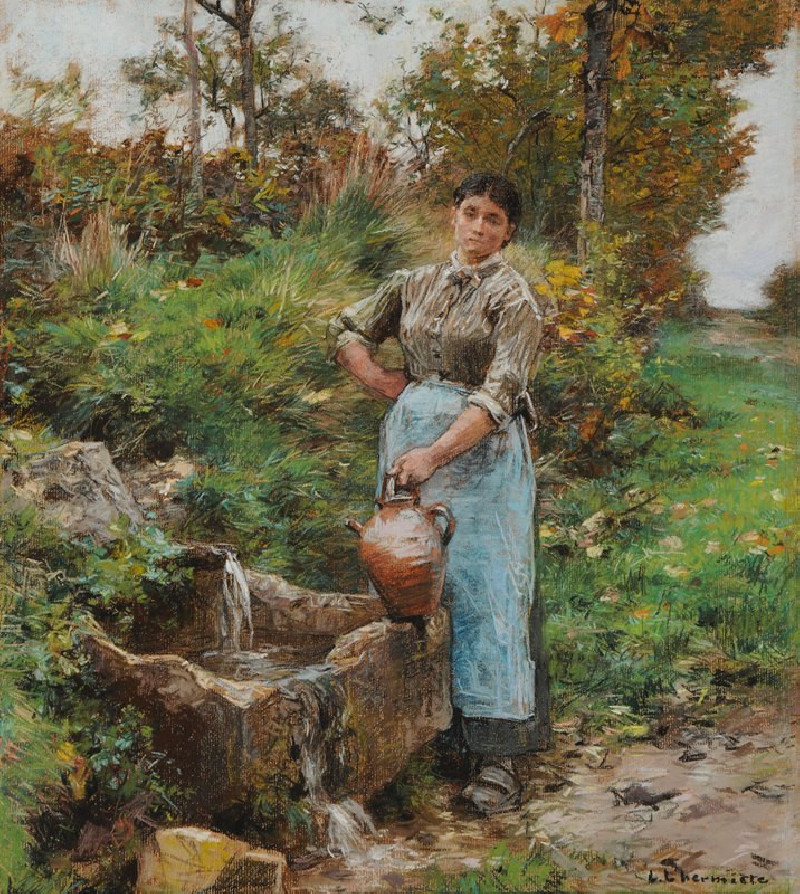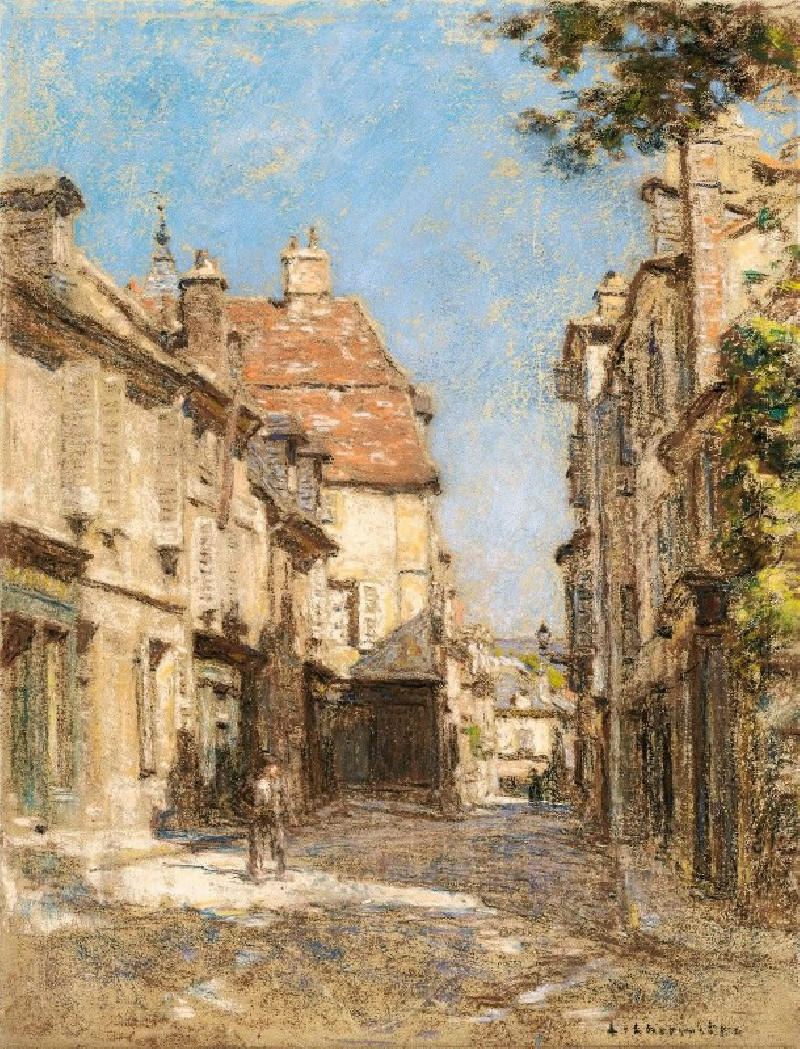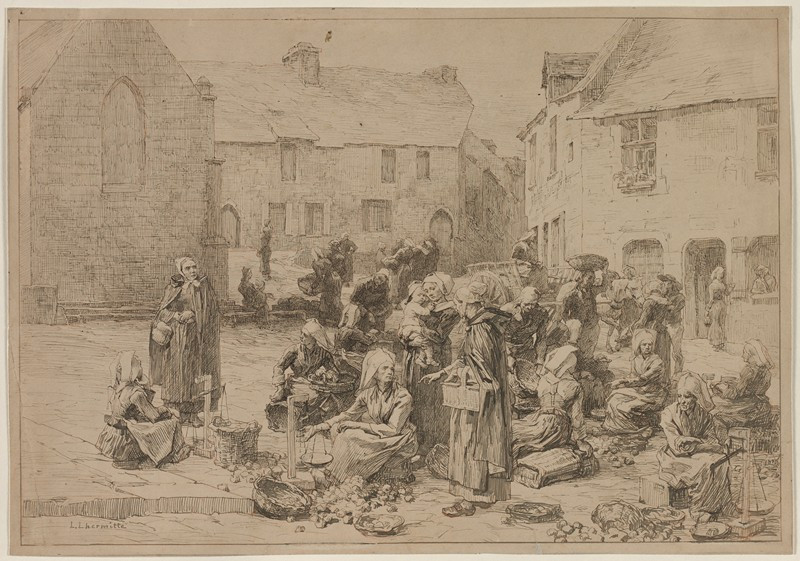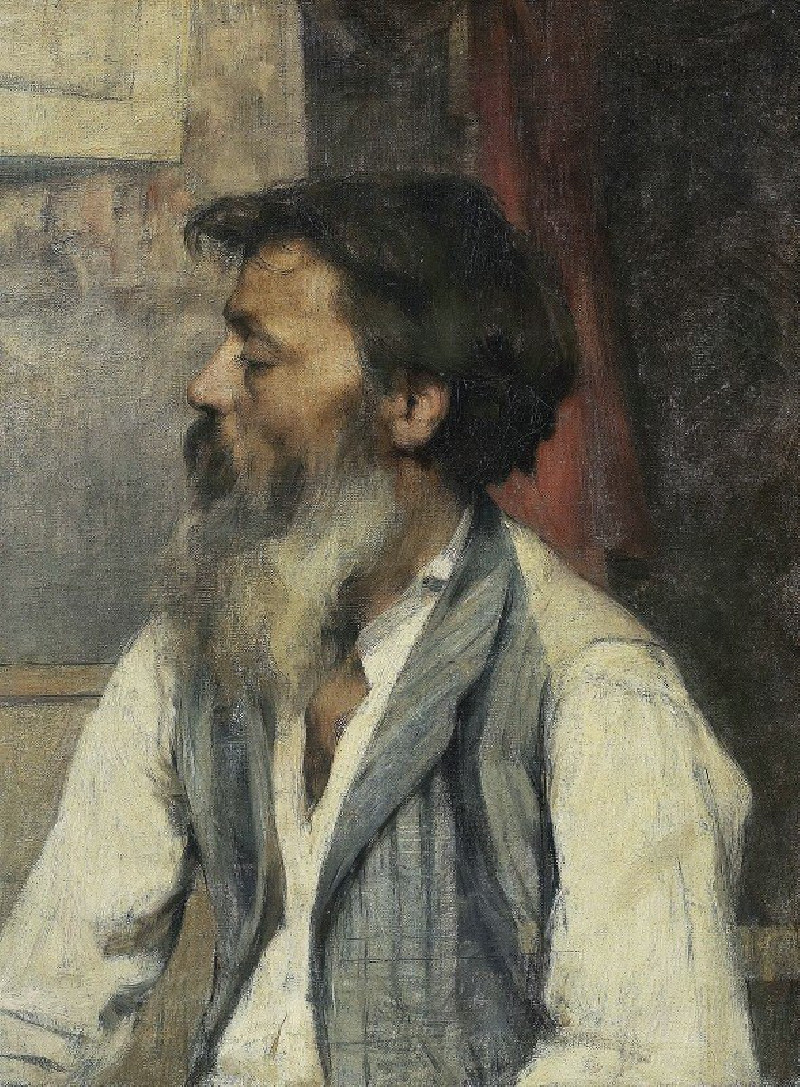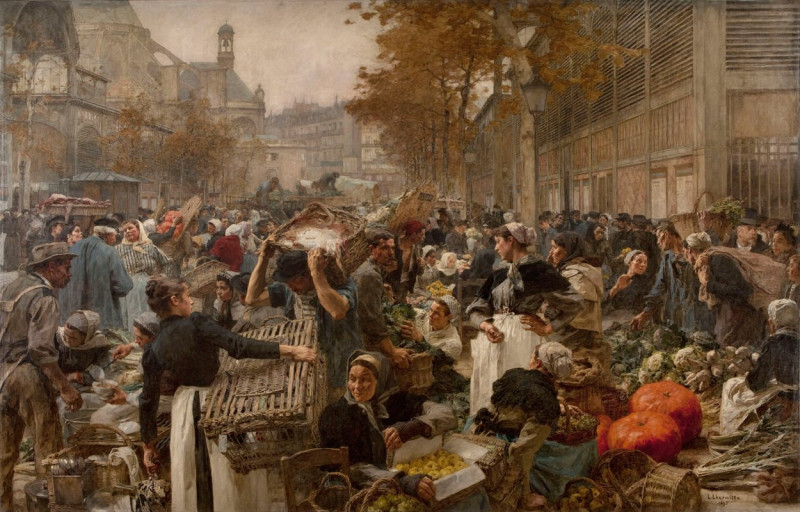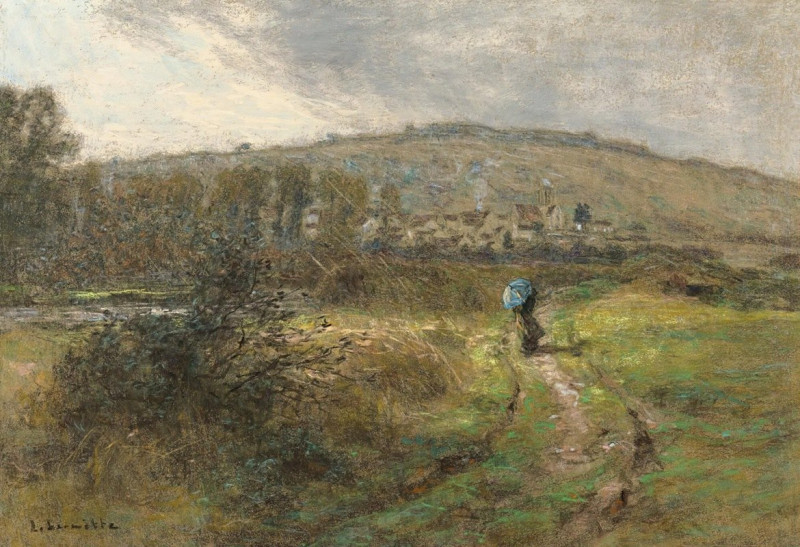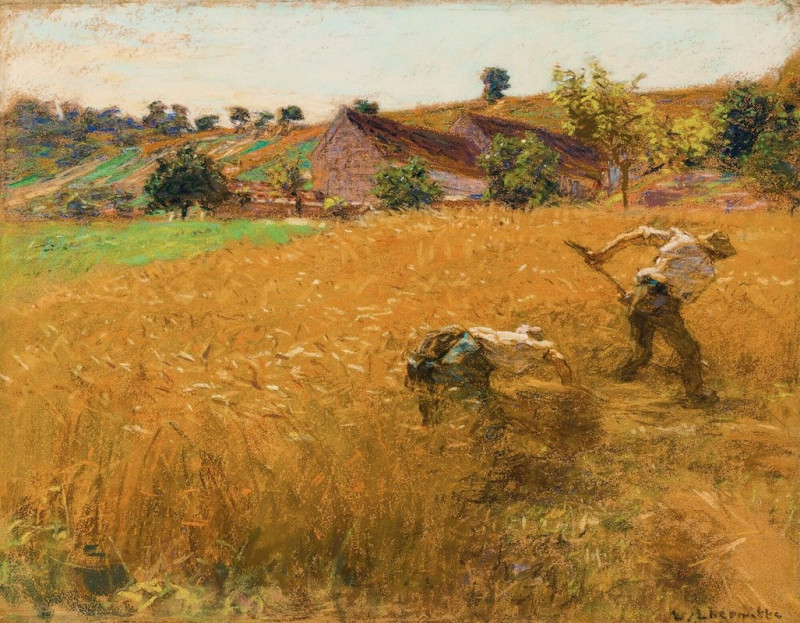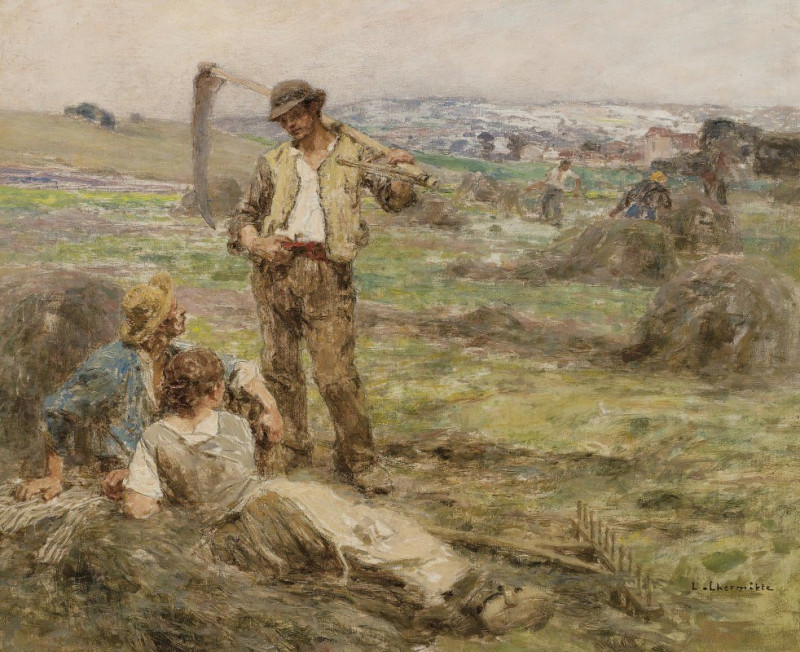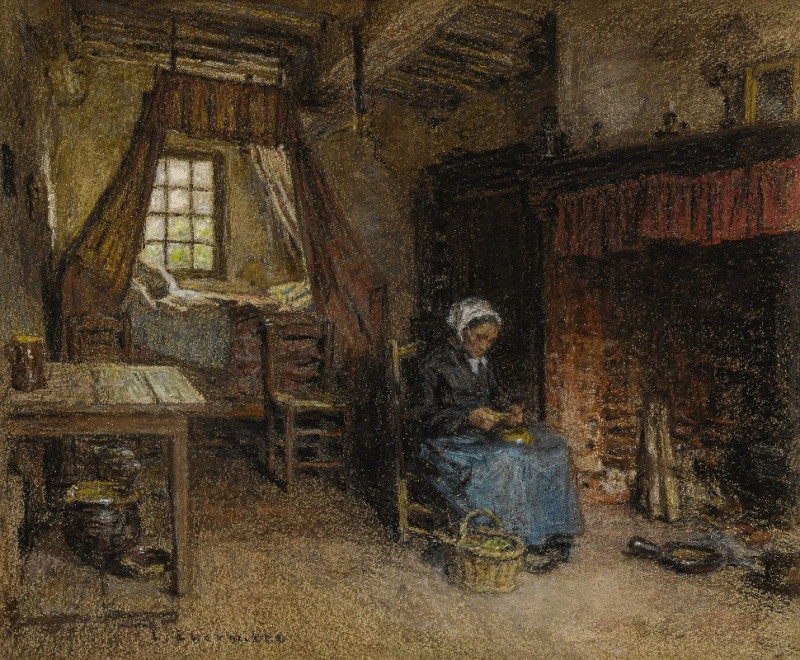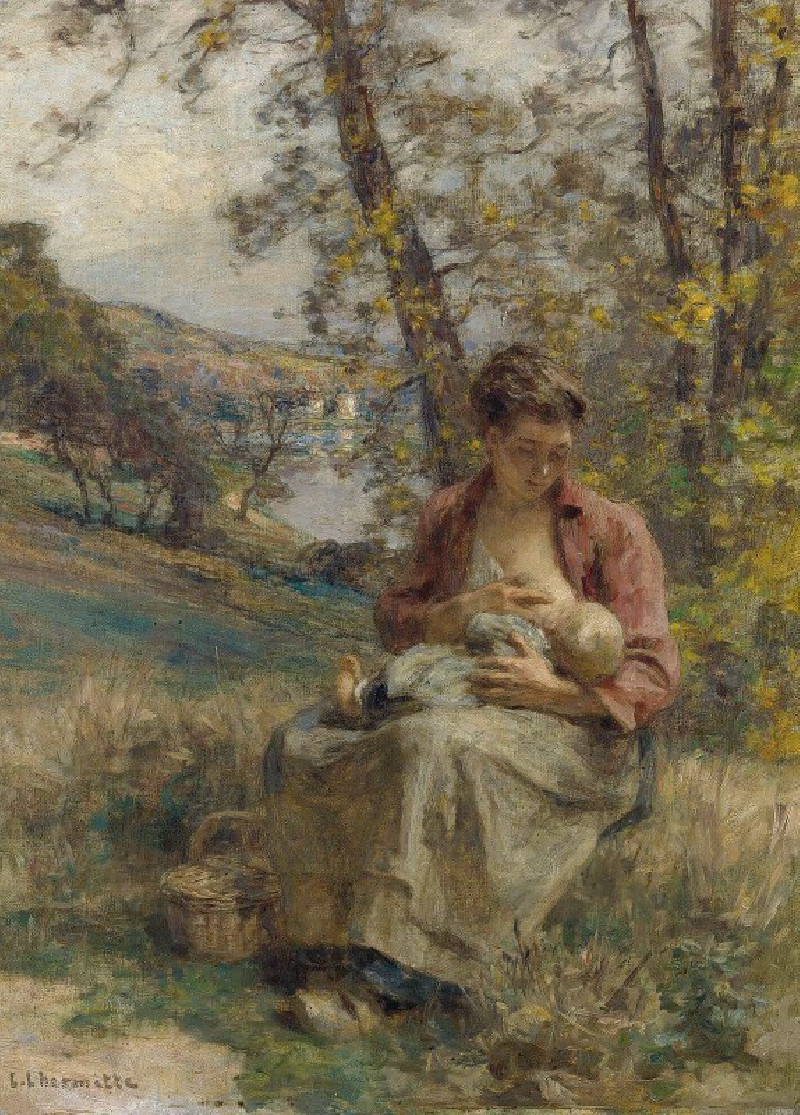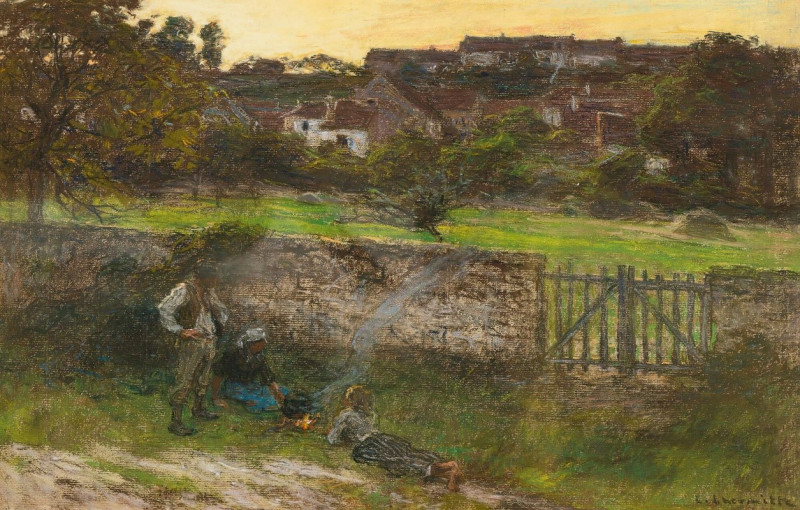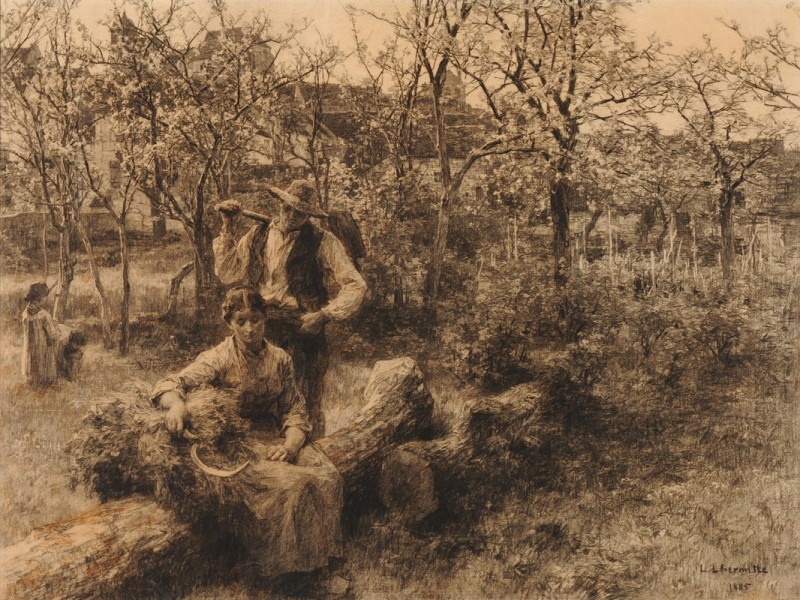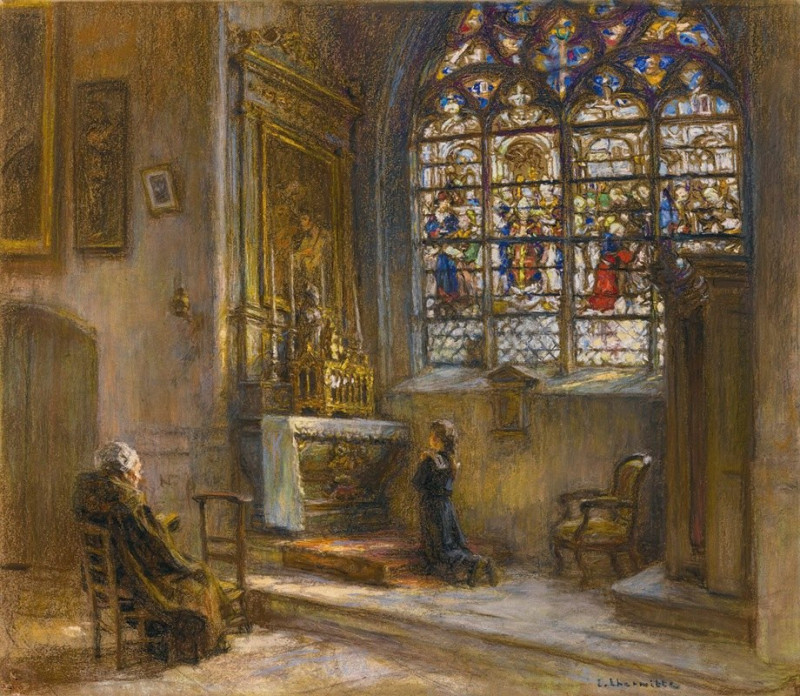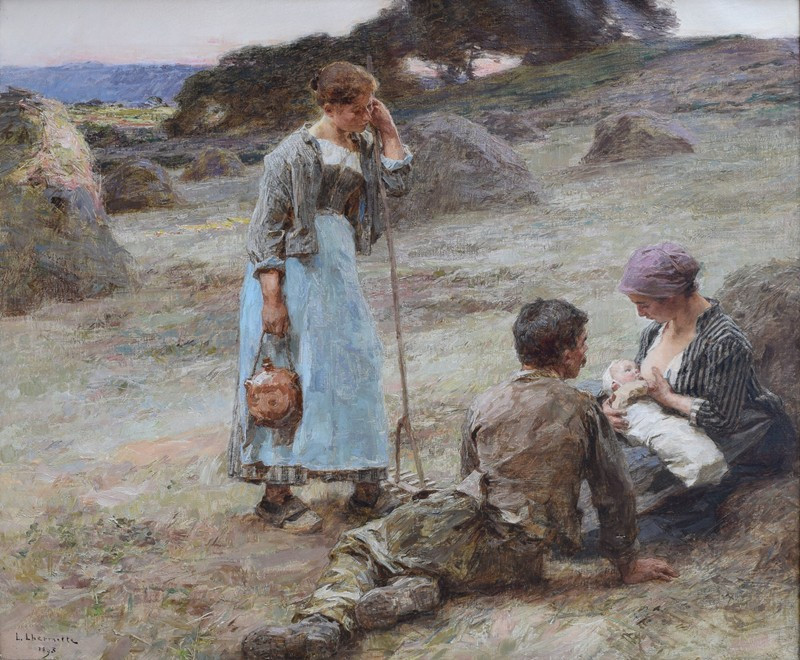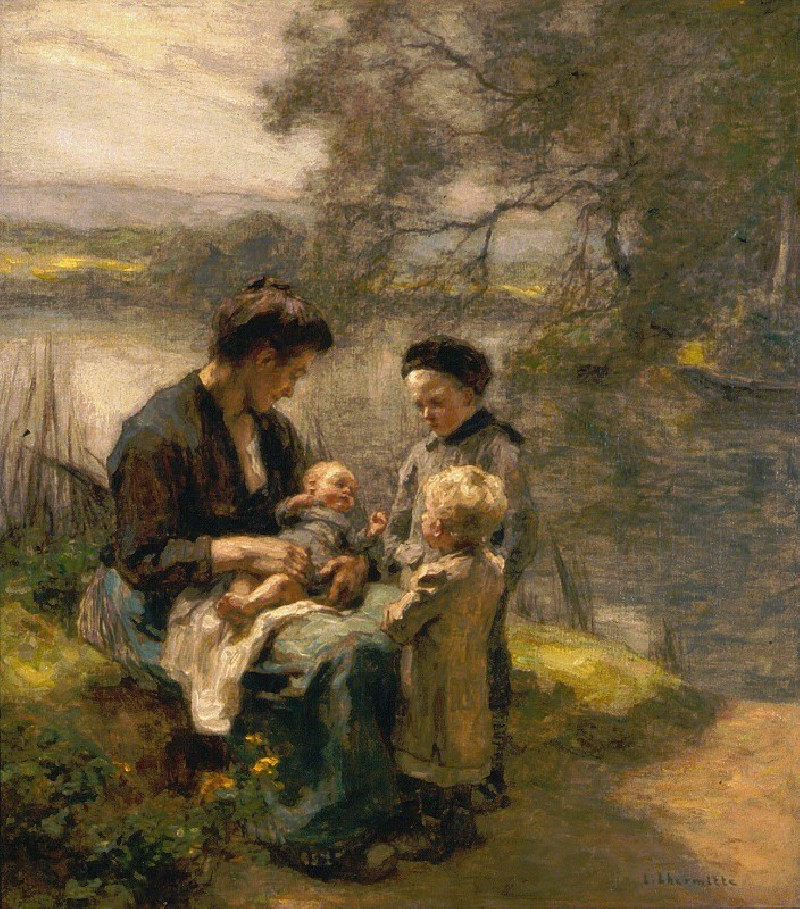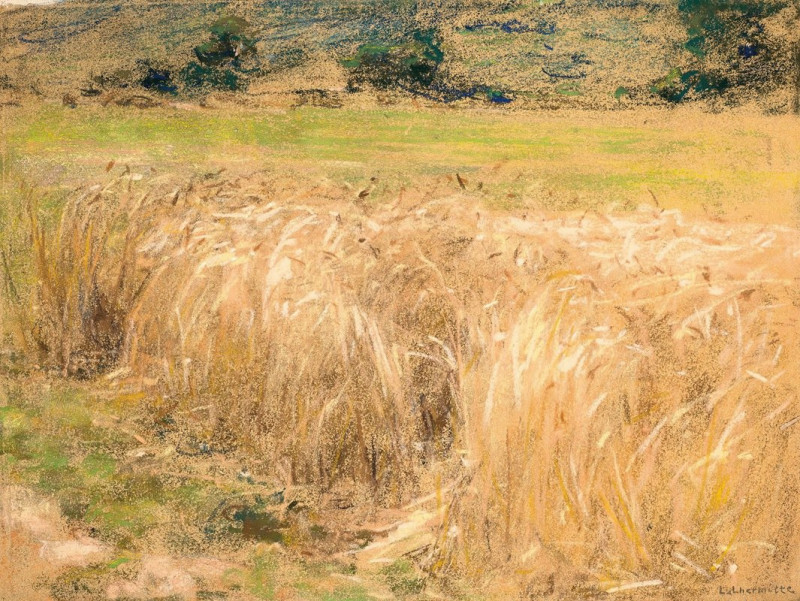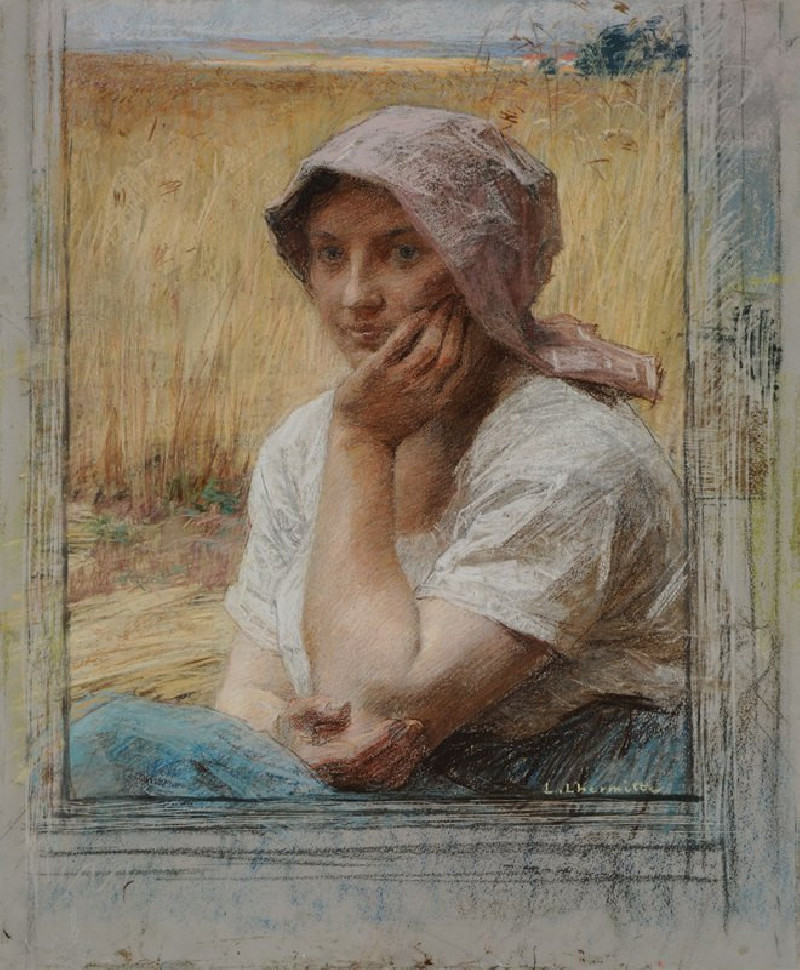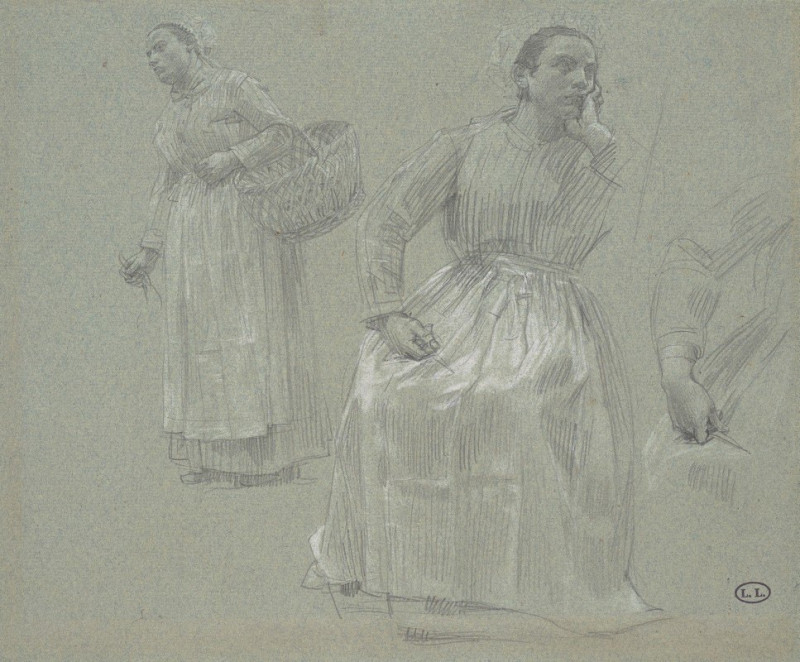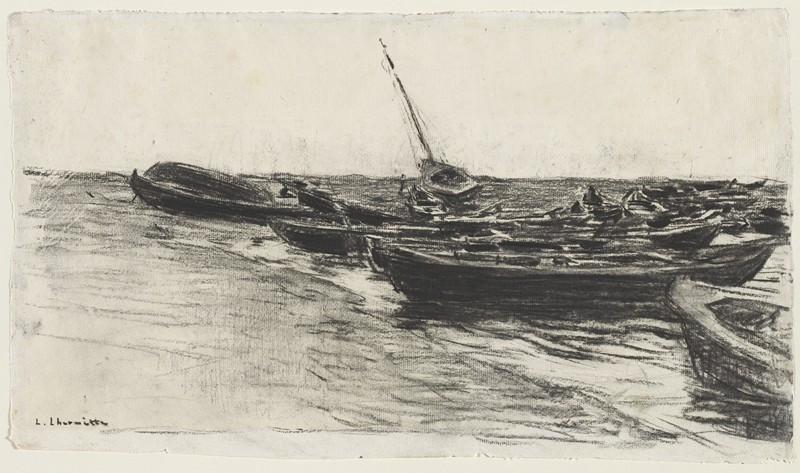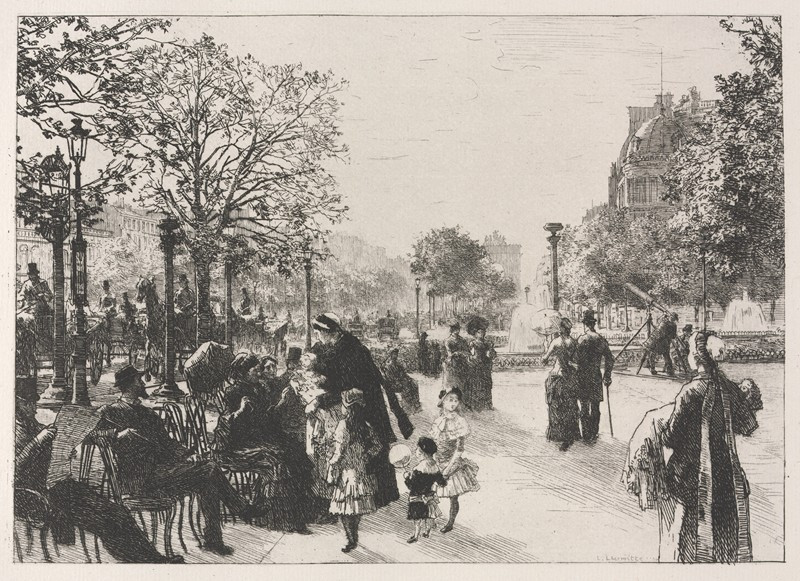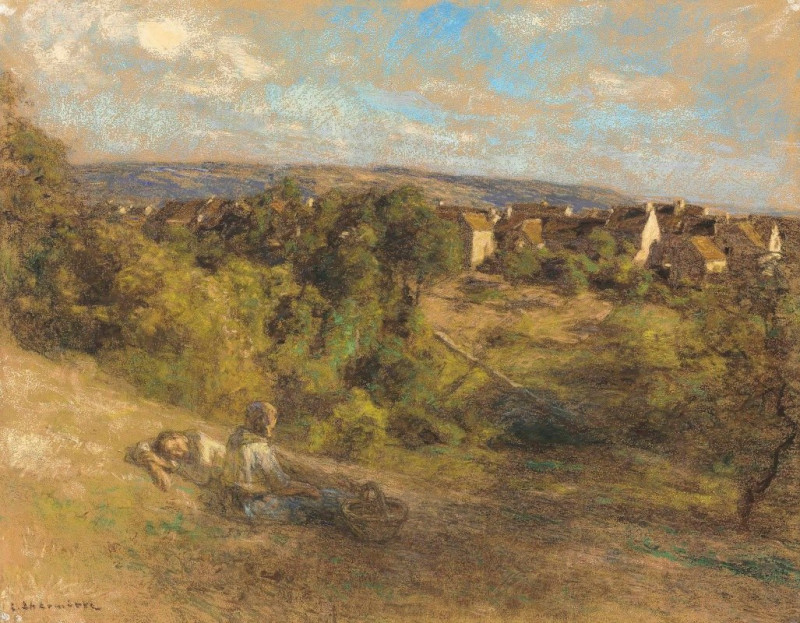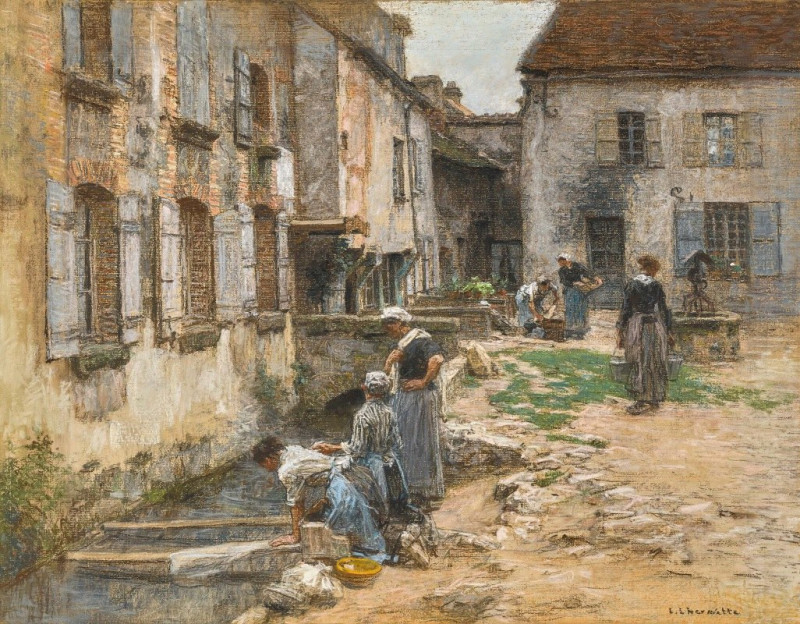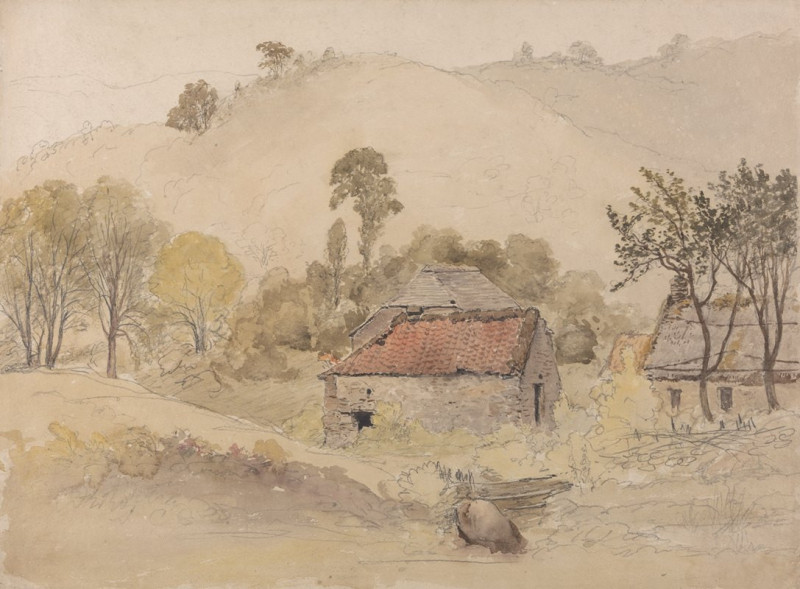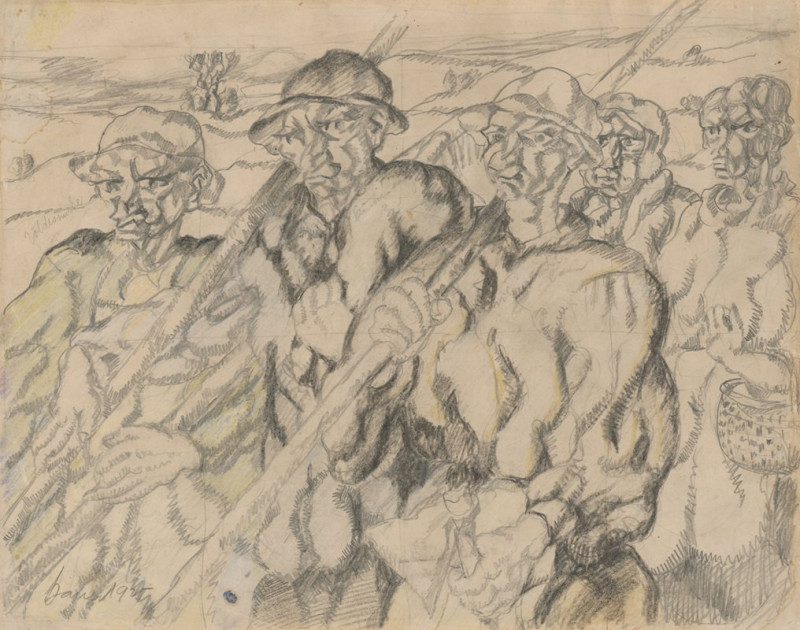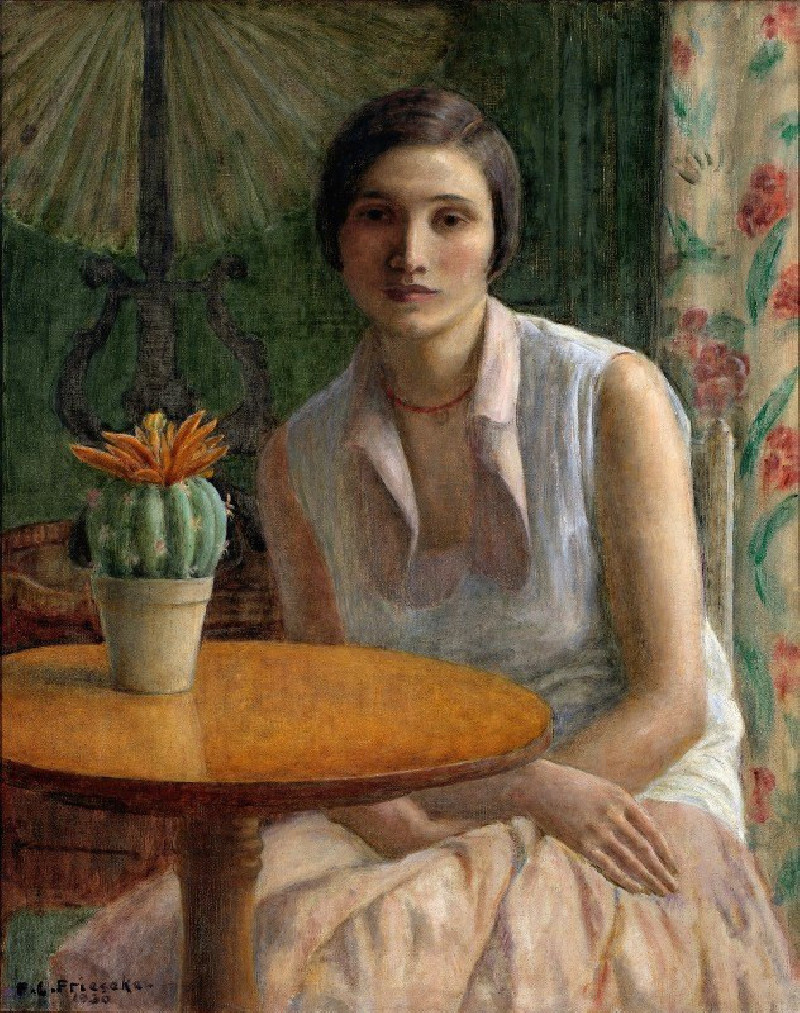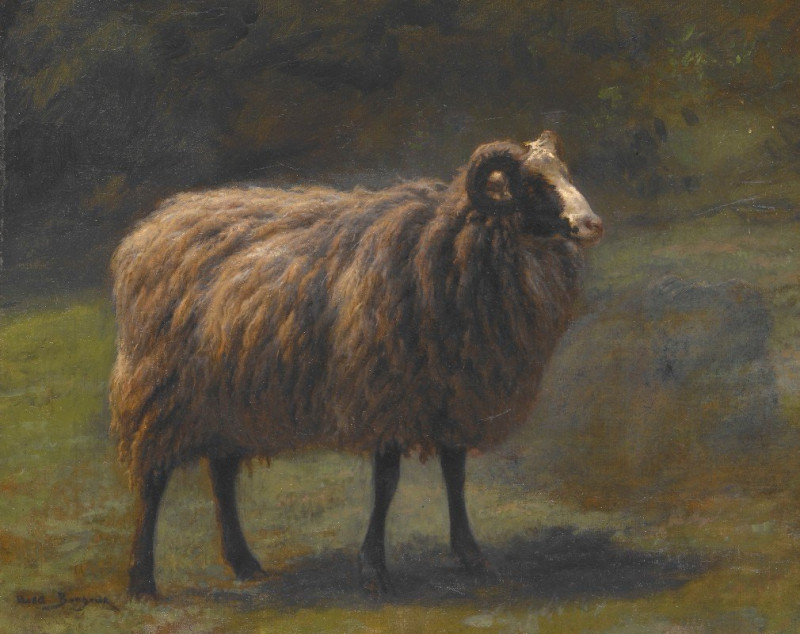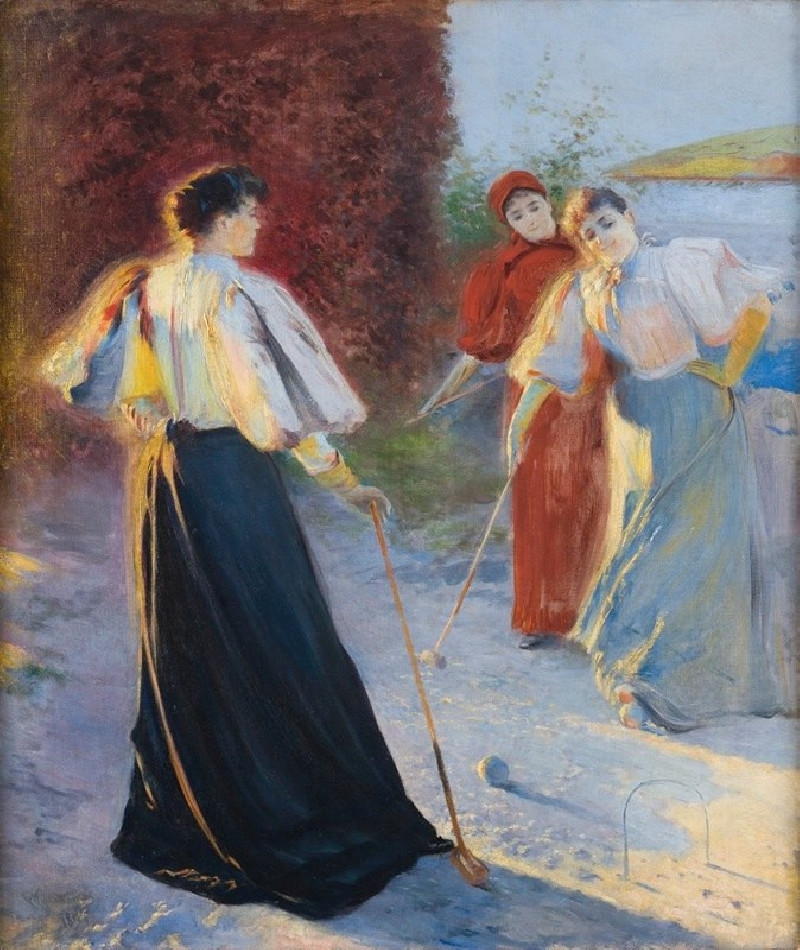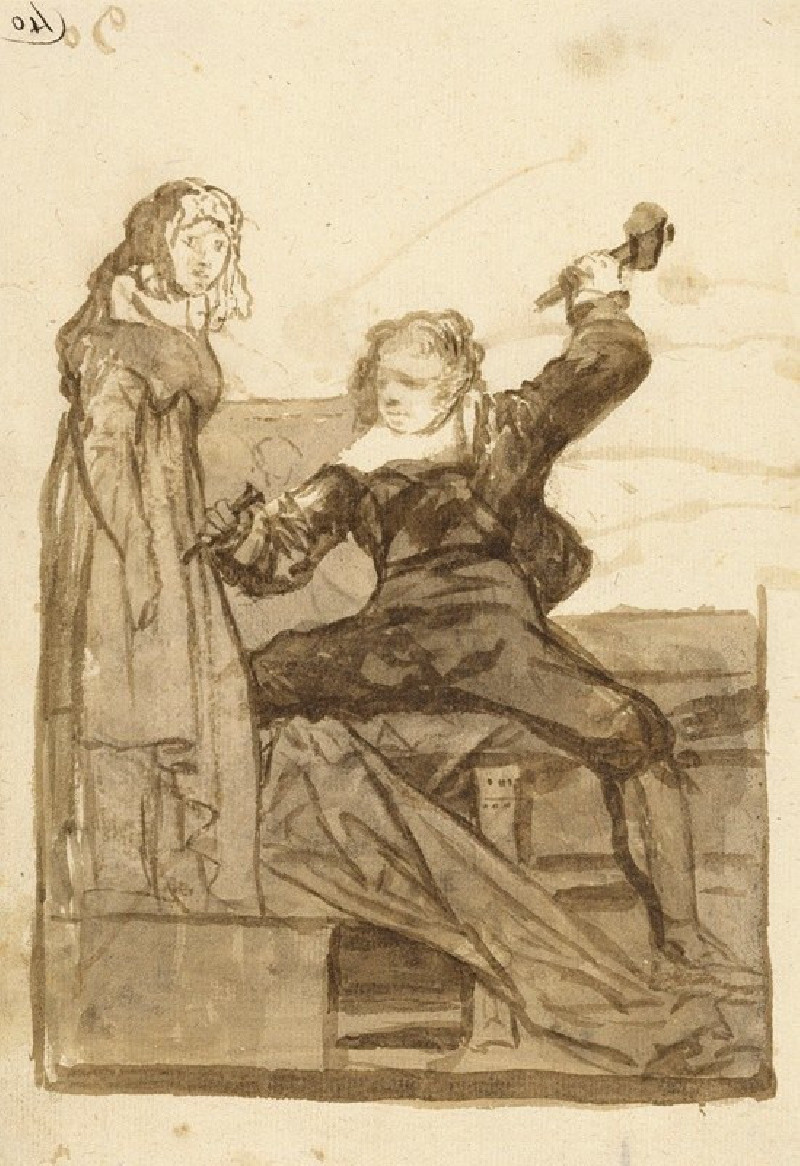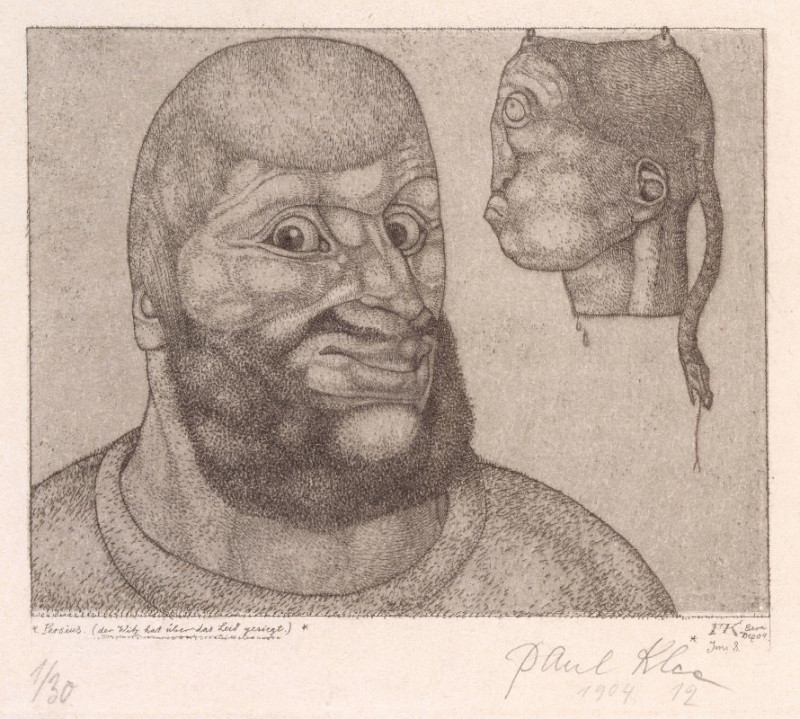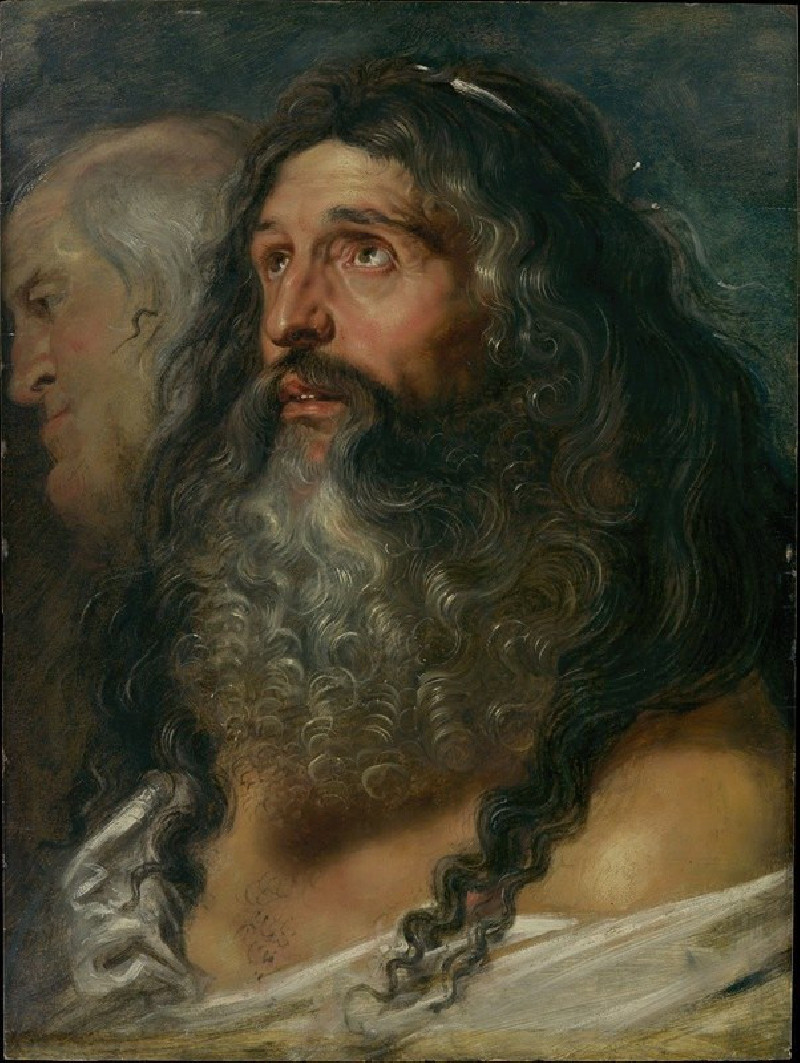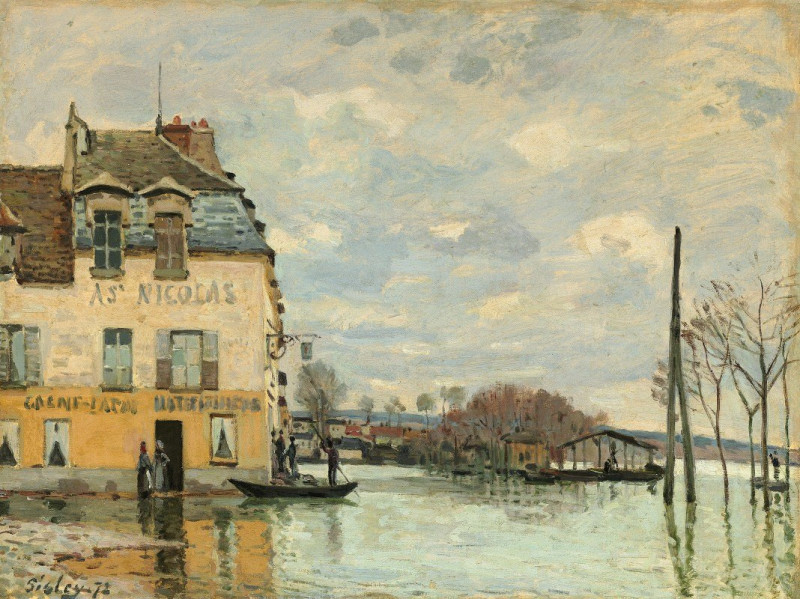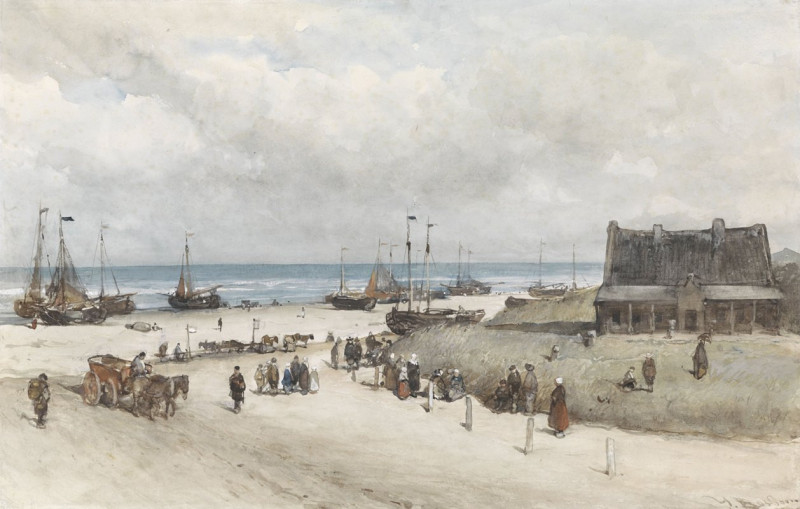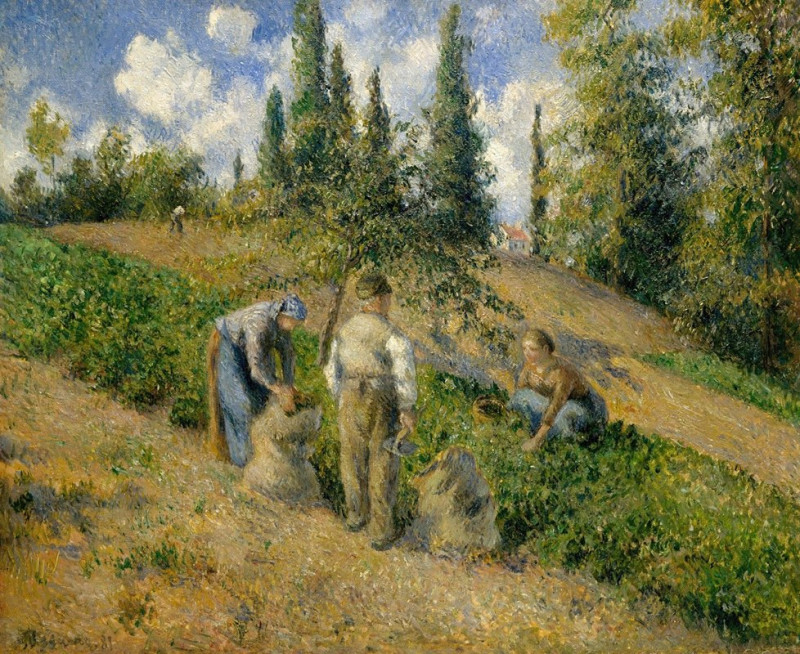A la fontaine (1885)
Technique: Giclée quality print
Recommended by our customers
More about this artwork
"A la fontaine" (1885) by Léon Augustin Lhermitte offers an exceptional view into the rustic beauty of the rural French countryside. This striking painting centers around a woman standing at a fountain, filling a clay pitcher with water. Her introspective expression, coupled with the natural stance as she performs this everyday task, suggests a moment of peaceful solitude in the midst of her daily routines.Lhermitte's masterful use of light and texture brings the scene vividly to life. The lush greenery surrounding the woman is depicted with vibrant, varied hues, highlighting the wild, untamed beauty of nature. The details of the woman’s attire—a simple but practical blouse and apron—reflect the realistic approach Lhermitte often employed to portray peasant life. The textured strokes that capture the flowing water add a dynamic element to the otherwise tranquil scene.This painting not only showcases Lhermitte's skill as a colorist and realist painter but also serves as a testament to his dedication to capturing the authenticity and dignity of peasant life.
Delivery
Returns
Léon Augustin Lhermitte was a French naturalist painter and etcher whose primary subject matter was rural scenes depicting peasants at work.
He was a student of Lecoq de Boisbaudran, he gained recognition after his show in the Paris Salon in 1864.
His many awards include the French Legion of Honour (1884) and the Grand Prize at the Exposition Universelle in 1889.

